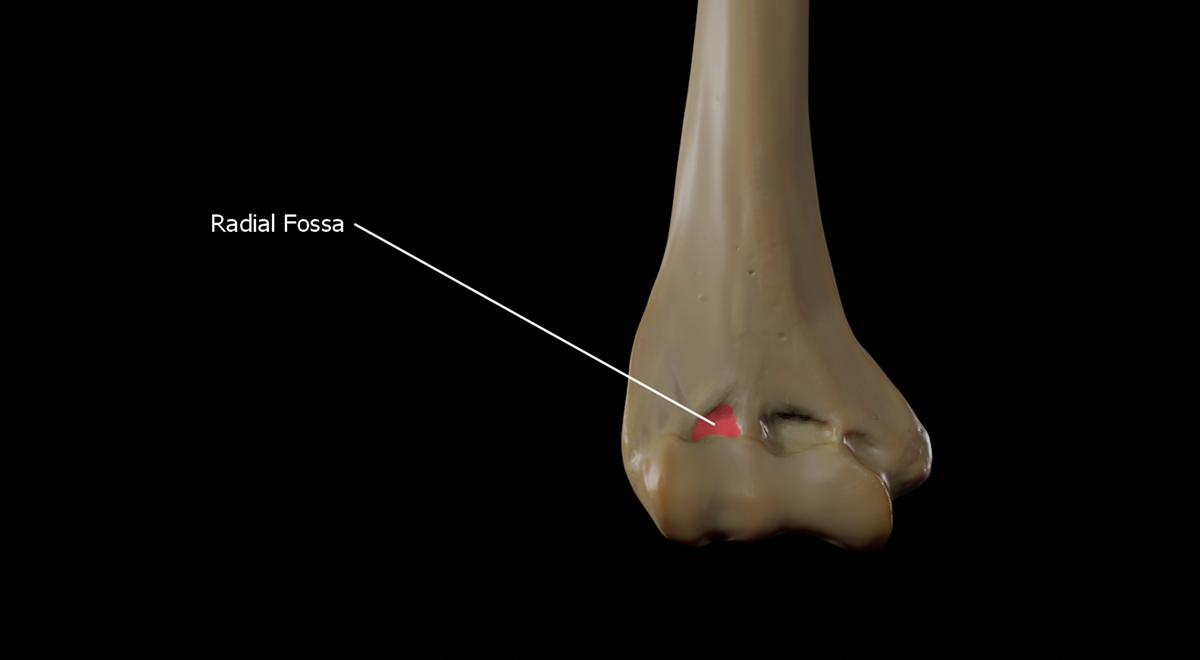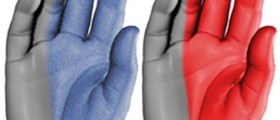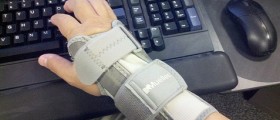Radial Tunnel Syndrome
Radial tunnel syndrome (RTS) is caused by the squeezing of the radial nerve in tunnel near the elbow. Radial nerve is one the three nerves that travel from the arm to the hand. It goes down the back of the upper part of the arm, spirals and then crosses on the outside of the elbow before it goes down to the hand.Patients suffering from radial tunnel syndrome experience pain and tenderness on the outside of the elbow. These symptoms are almost the same as the symptoms of the tennis elbow, and the only thing that differentiates these pains is the location of the pain. In tennis elbow, pain is located at the lateral epicondyle and in radial tunnel syndrome it is couple of centimetres down the arm.
It’s not easy to diagnose radial tunnel syndrome, and there aren’t many tests available for exact diagnosis, because it is hard to spot the difference between tennis elbow and radial tunnel syndrome. Doctors might palpate the painful area, or use electromyogram (EMG) and nerve conduction velocity (NCV), in order to make a proper diagnose.
- Two accepted clinical tests to confirm the diagnosis include exacerbation of the pain with resisted supination with the other being increased pain in the proximal radial forearm and over the radial tunnel when the wrist is hyperextended against resistance.
- MRI studies of patients with RTS usually show no pathology but in some cases they may show muscle edema or atrophy along the distribution of the radial and posterior interosseous nerves (finger extensors, supinator and less, pronator muscles) but the validity of the MRI findings is controversial.
- Electromyography (EMG) and nerve conduction velocity (NCV) results are typically normal in patients diagnosed with RTS. Previously, studies have been performed to demonstrate nerve conduction abnormality after different active maneuvers.
- The preliminary step in evaluation of RTS requires the exclusion of proximal nerve pathology such as inflammation or trauma of the brachial plexus. Brachial plexus injuries can present as pain in the shoulder and upper limb. In addition, biceps muscle and its tendon may induce elbow pain that can be mistaken for RTS. Tendinopathy is a commonly associated with a rotator cuff tear or shoulder disorders.
The treatment includes pain management and corticosteroids, especially cortisone. Patients frequently try acupuncture or use blackstrap molasses as the way to ease the pain.
Surgical Procedure
Surgery is the option for patients that didn’t have success in treating the pain with any other medication or remedy after many months of treatment. The main goal of this surgical procedure is to relieve the pressure on the radial nerve and thus ease the pain for the patient. Surgeon usually makes an incision on the outside of the elbow, near the place of the increased pressure. After removing soft tissue, the surgeon checks all the possible places where radial nerve could be squeezed and finds out the spot that caused pain. He/she will expand the radial tunnel and in that way relieve pressure on the radial nerve. Surgery is usually finished by stitching of the skin.This procedure doesn’t require staying in the hospital overnight, and can be done even in a regional anesthesia. This type of anesthesia will affect just the arm and make it irresponsible to pain.

















-Causes,-Symptoms,-Diagnosis,-Treatment_f_280x120.jpg)
Your thoughts on this
Loading...